Why Store Bought Carpet Cleaners Can’t Match Professional Results and What You’re Missing
Why Store Bought Carpet Cleaners Can’t Match Professional Results and What You’re Missing
When you rent that carpet cleaner from the grocery store, you’re working with equipment that generates just 20-40 PSI of water pressure. Meanwhile, professional carpet cleaning systems blast away embedded dirt at 200-500 PSI—that’s up to 25 times more cleaning power hitting your carpet fibers. This dramatic difference in equipment capability is just the beginning of why store bought carpet cleaners consistently fall short of delivering the deep clean your carpets actually need.
Many homeowners assume that renting a machine for $35-50 plus cleaning solutions represents smart savings compared to hiring professional carpet cleaners. However, this seemingly economical choice often leads to incomplete cleaning, faster resoiling, potential carpet damage, and hidden health risks that can cost thousands more in the long run. The gap between diy carpet cleaning and professional carpet cleaning services extends far beyond just equipment power—it encompasses chemical formulations, technical expertise, health implications, and long-term carpet preservation.
In this comprehensive analysis, we’ll examine the technical specifications, chemical differences, and professional advantages that explain why professional carpet cleaning consistently outperforms diy methods, and what critical benefits you’re missing when you choose the store-bought route.
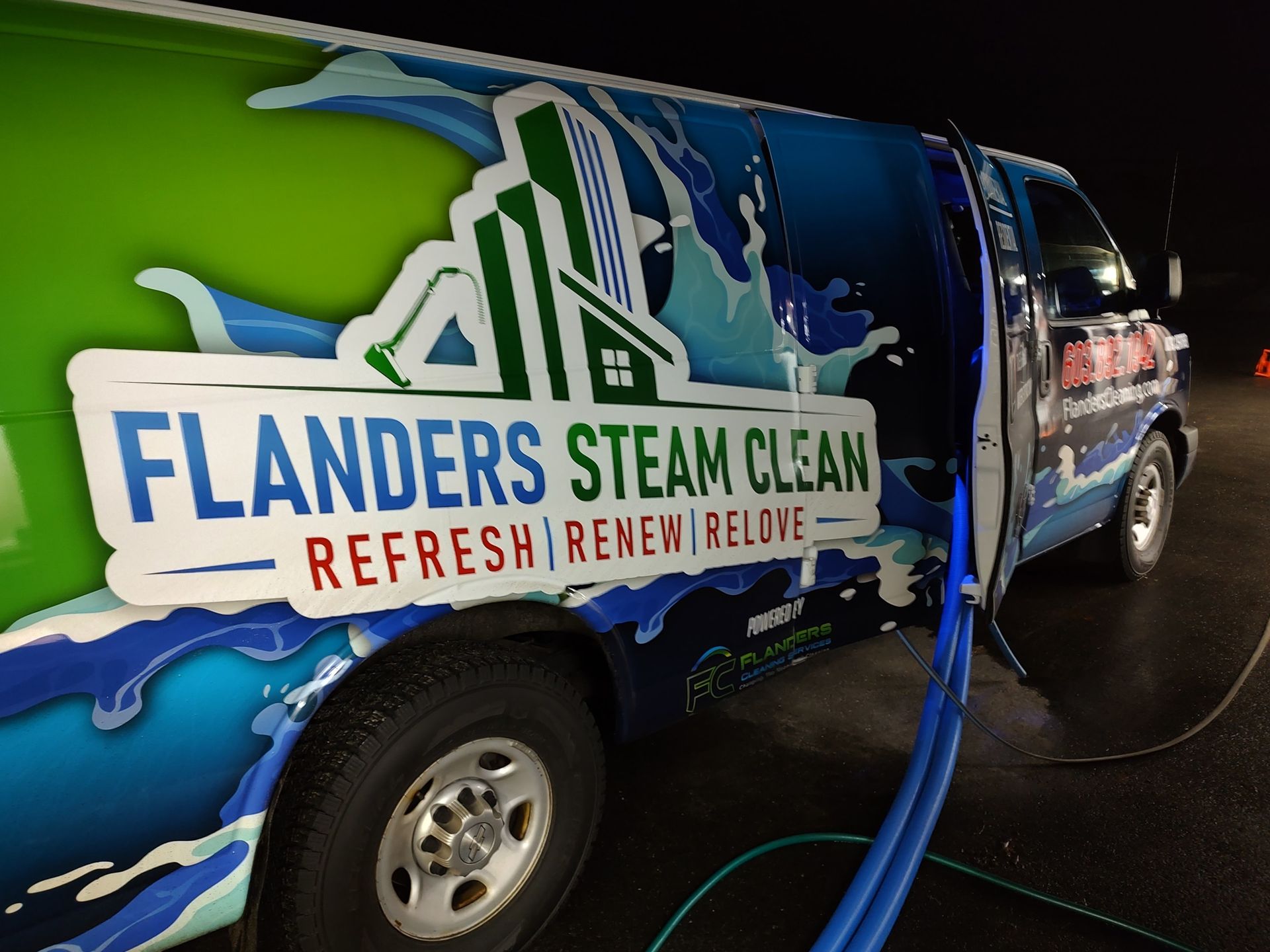
The Fundamental Gap: Equipment Power and Capabilities
The most significant difference between store-bought and professional carpet cleaning lies in the raw power and technical capabilities of the equipment itself. This isn’t just about having a “better” machine—it’s about fundamental engineering differences that directly impact cleaning effectiveness.
Water Pressure and Penetration Power
Consumer-grade carpet cleaning machines, including popular rental options like Rug Doctor units, operate within a severely limited pressure range of 20-40 PSI. Professional truck-mounted hot water extraction systems, by contrast, deliver 200-500 PSI of water pressure. This 10-25x difference in pressure directly translates to cleaning depth and soil removal effectiveness.
Higher pressure allows the cleaning solution to penetrate deeper into carpet fibers, reaching embedded dirt and contaminants that surface-level cleaning simply cannot touch. When you’re dealing with pet urine, set in stains, or years of accumulated soil, this pressure differential becomes the determining factor between surface cleaning and genuine deep clean carpets restoration.
Extraction Efficiency: The Critical Difference
Perhaps even more important than injection pressure is extraction capability. Store-bought and rental machines typically remove only 50-75% of the moisture and suspended soil they introduce into your carpet. Professional equipment with dual-stage or triple-stage vacuum motors achieves 95%+ extraction efficiency.
| Equipment Type | Extraction Efficiency | Typical Drying Time | Risk of Over-Wetting |
|---|---|---|---|
| Rental/Store-Bought | 50-75% | 12-24 hours | High |
| Professional Systems | 95%+ | 2-4 hours | Minimal |
This extraction gap creates a cascade of problems. Inadequate moisture removal leads to extended drying times, creating conditions for mold growth within 48-72 hours. The dirty water and suspended soil that remains in your carpet becomes a breeding ground for bacteria and contributes to rapid resoiling.
Temperature: The Grease and Grime Game-Changer
Professional hot water extraction systems heat water to 200-240°F (93-115°C), while consumer units typically reach only lukewarm temperatures of 100-120°F. This temperature difference is crucial for breaking down oils, greases, and sticky residue that accumulate in busy households.
At professional-grade temperatures, petroleum-based soils emulsify and suspend for complete removal. Pet stains, cooking oils, and embedded grime that resist lukewarm water treatment dissolve readily under high-temperature assault. Consumer machines simply cannot generate the heat necessary to tackle tough stains effectively.
Suction Power and Soil Retrieval
Commercial vacuum motors in professional equipment deliver 2-3 times the suction power of consumer units. This enhanced suction works in tandem with high extraction efficiency to thoroughly retrieve both cleaning solution and suspended soils from deep within carpet fibers.
Professional carpet cleaners also deploy specialized equipment including high-velocity air movers for accelerated drying, grooming tools for fiber restoration, and pre-treatment injection systems that consumer equipment cannot match. The cumulative effect of these technical advantages creates cleaning results that diy carpet cleaning methods simply cannot replicate.
Chemical Solutions: Diluted vs. Concentrated Professional Formulas
The cleaning solution used in carpet cleaning plays an equally critical role in results, and here again, the differences between store-bought and professional formulations are dramatic.
Active Ingredient Concentration
Store-bought carpet cleaning solutions typically contain just 2-5% active cleaning agents. These diluted formulations are designed for safety, general-purpose cleaning, and shelf stability rather than maximum cleaning power. Professional-grade solutions contain 15-25% active ingredients, including specialized surfactants, solvents, and additives engineered for optimal soil emulsification and removal.
This 3-5x difference in active ingredient concentration directly impacts cleaning effectiveness. Stubborn stains, embedded dirt, and complex soils require concentrated chemical action that consumer formulations simply cannot provide.
pH-Balanced Soil-Specific Treatments
Professional carpet cleaners utilize pH-balanced solutions ranging from 2.0-12.0, selected based on specific soil types and carpet materials. Acidic formulations (pH 2-4) excel at removing tannin stains, mineral deposits, and pet urine crystals. Alkaline solutions (pH 10-12) break down protein soils, grease, and organic matter.
Consumer cleaning solutions typically maintain neutral to mildly alkaline pH levels, limiting their effectiveness against specific soil types. Most diy efforts miss the critical step of matching chemical pH to soil composition, resulting in incomplete stain removal and potential carpet damage.
Specialized Pre-Treatment Arsenal
Trained technicians maintain an arsenal of 15+ specialized spotters for challenges ranging from red wine to ink, paint, pet urine, coffee, and set in stains. These include:
- Protein enzymatics for breaking down pet messes and biological soils
- Reducing agents for wine, blood, and rust stains
- Petroleum solvents for grease, tar, and oil-based stains
- Oxidizing agents for organic stains and odors
- Acidic spotters for mineral deposits and tannins
Store-bought solutions offer none of this soil-specific targeting capability. When you’re treating stains with a one-size-fits-all approach, you’re often applying the wrong chemistry for the specific soil, reducing effectiveness and potentially setting stains permanently.
Encapsulation Technology and Soil Prevention
Advanced professional cleaning solutions now incorporate encapsulation technology, where specialized polymers trap and crystallize soil particles, preventing reattachment for 3-6 months. This technology helps maintain carpet appearance between professional cleanings and significantly reduces the rate of resoiling.
Consumer products rarely include these advanced soil prevention benefits, which explains why carpets cleaned with store-bought solutions often appear dirty again within weeks of cleaning.
The Hidden Damage from DIY Attempts
While ineffective cleaning is frustrating, the potential for actual carpet damage from diy cleaning attempts represents a far more serious concern. Store-bought cleaning methods can cause irreversible damage that necessitates expensive carpet replacement.
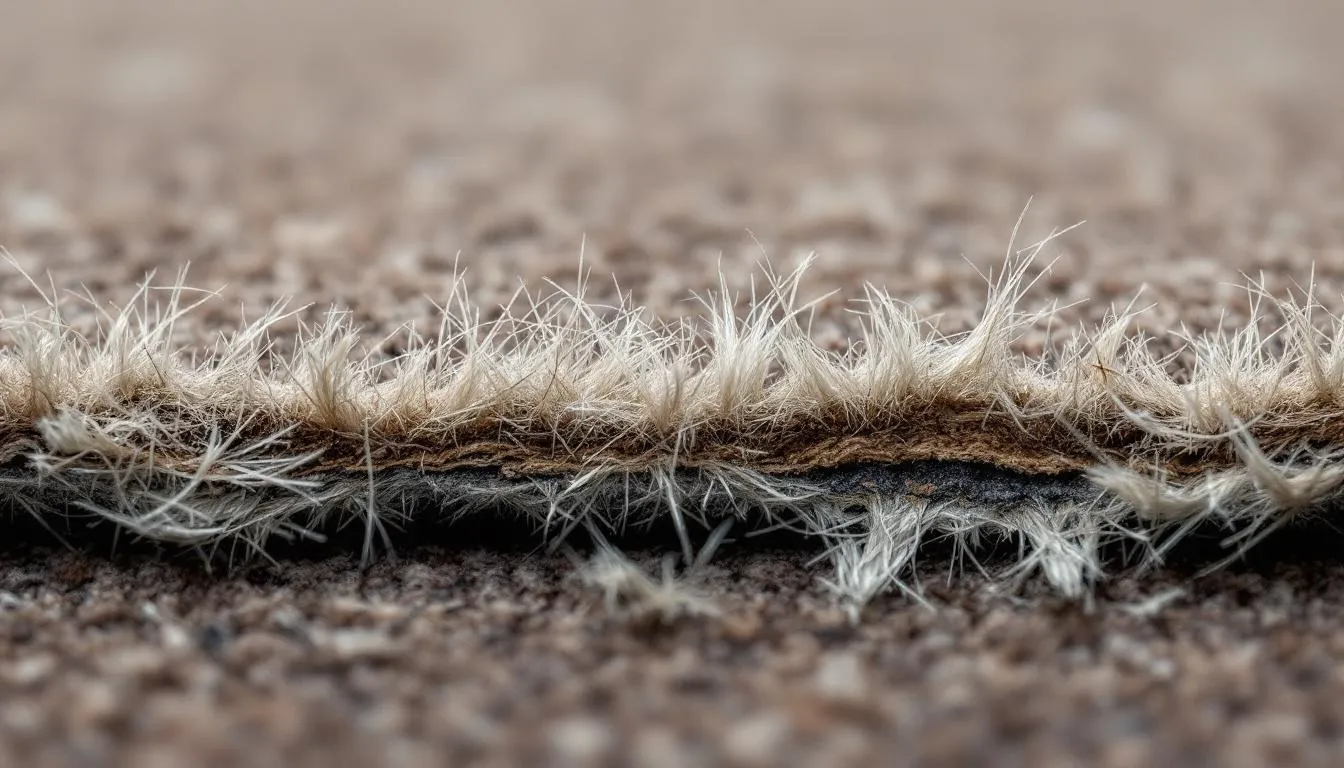
Over-Wetting and Structural Damage
The most serious risk from rental machine use is over-wetting due to inadequate extraction power. When carpets remain saturated for 24-48 hours post-cleaning, several destructive processes begin:
Carpet delamination occurs when the carpet facing separates from the backing material due to prolonged moisture exposure. This separation is permanent and typically requires complete carpet replacement.
Backing deterioration affects the structural integrity of the carpet, leading to premature wear, rippling, and potential safety hazards from loose carpet sections.
Subfloor damage can occur when too much moisture penetrates through the carpet and pad, potentially causing wood rot, mold growth, and structural issues that extend far beyond carpet replacement costs.
Soap Residue: The Dirt Magnet Effect
Inadequate rinsing and over-application of cleaning solutions leads to soap and detergent residue remaining in carpet fibers. This residue acts as a powerful dirt magnet, causing carpets to resoil 3-4 times faster than properly cleaned surfaces.
Scientific analysis shows that soap residue creates a sticky film on carpet fibers that attracts and holds new soil. This explains why carpets often look dirtier within weeks of diy cleaning attempts—the cleaning process itself has made the problem worse.
Mechanical Damage to Carpet Fibers
Store-bought carpet cleaners typically use basic brush heads that can damage carpet fibers through improper agitation. Common damage includes:
- Fiber fraying from aggressive brushing action
- Fuzzing in high traffic areas where brush action is concentrated
- Color bleeding when incorrect agitation is combined with harsh chemicals
- Texture changes that permanently alter carpet appearance and feel
Chemical Damage and Dye Alteration
Incorrect pH levels in consumer cleaning solutions can permanently alter carpet dyes, especially in sensitive materials like wool, silk, or solution-dyed nylon. This chemical damage often appears as:
- Permanent color changes or fading
- Bleaching effects from overly alkaline solutions
- Browning or yellowing from chemical reactions
- Texture changes from harsh chemicals breaking down fiber structure
Professional carpet cleaners test for colorfastness and pH sensitivity before cleaning, preventing these costly mistakes that can require complete carpet replacement.
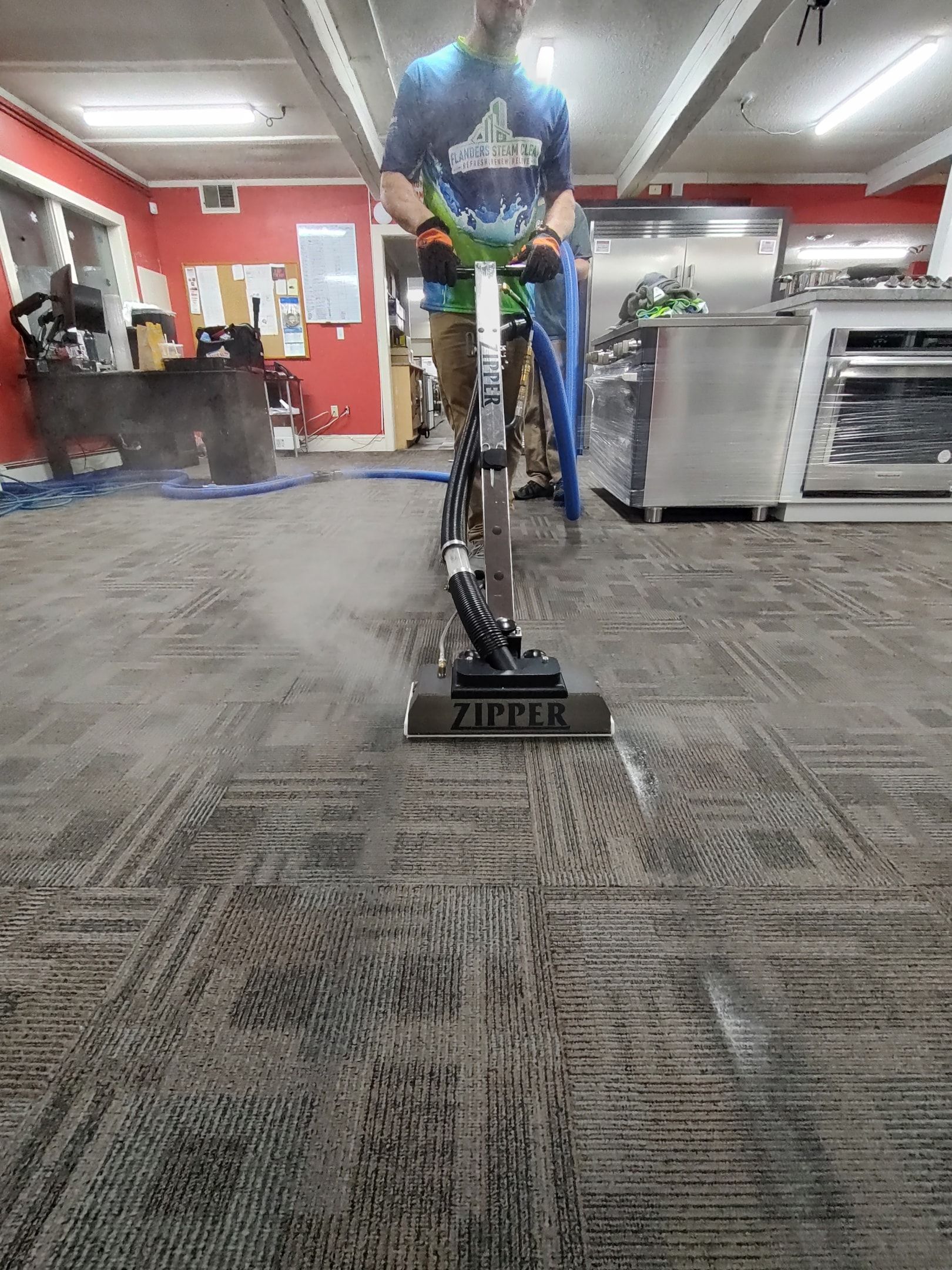
What Professional Training and Expertise Brings
The technical knowledge gap between trained professionals and diy enthusiasts extends far beyond equipment operation. Professional carpet cleaning requires specialized education, certification, and ongoing training that directly impacts cleaning results and carpet preservation.
IICRC Certification and Specialized Training
Professional carpet cleaners certified by the Institute of Inspection, Cleaning and Restoration Certification (IICRC) complete 40+ hours of specialized training covering:
- Fiber identification for 12+ major carpet types
- Soil load analysis and appropriate treatment selection
- Advanced spot cleaning techniques and chemical selection
- pH testing and color bleeding prevention
- Moisture management and drying protocols
- Health and safety procedures for chemical handling
This comprehensive education enables professionals to assess each cleaning situation and select appropriate methods, chemicals, and procedures that diy methods cannot match.
Fiber-Specific Cleaning Protocols
Trained technicians can identify and properly treat various carpet types including nylon, polyester, olefin, wool, triexta, and specialty blends. Each fiber type requires specific cleaning approaches:
Wool carpets require acidic pH solutions and careful temperature control to prevent shrinkage and dye bleeding. Consumer alkaline cleaners can permanently damage wool fibers.
Solution-dyed nylon can withstand aggressive cleaning, while traditional nylon requires gentler approaches to prevent color loss.
Polyester and olefin carpets need specialized soil suspension techniques due to their oleophilic (oil-attracting) properties.
Most diy efforts use identical cleaning approaches regardless of carpet type, often resulting in damage or poor cleaning results.
Advanced Spot Treatment Expertise
Professional spot cleaning represents a highly specialized skill set involving:
- Stain identification to determine appropriate chemical treatment
- pH testing to prevent color bleeding and fiber damage
- Sequential treatment protocols for complex or combination stains
- Neutralization procedures to prevent chemical damage
- Color restoration techniques for dye damage repair
Professional carpet cleaners maintain specialized spotting kits with 15+ different chemical approaches for removing stains like red wine, pet urine, paint, ink, coffee, grease, and countless other household challenges. This expertise prevents the common diy mistake of setting stains permanently through incorrect treatment.
Risk Assessment and Prevention
Experienced technicians recognize potential problems before they occur:
- Pre-existing damage that requires modified cleaning approaches
- Color bleeding risks in carpets manufactured before 2010
- Fiber sensitivity that requires gentler treatment protocols
- Moisture sensitivity in natural fiber carpets
- Subfloor issues that could be worsened by improper cleaning
This risk assessment capability prevents the costly mistakes that frequently occur with diy carpet cleaning attempts.
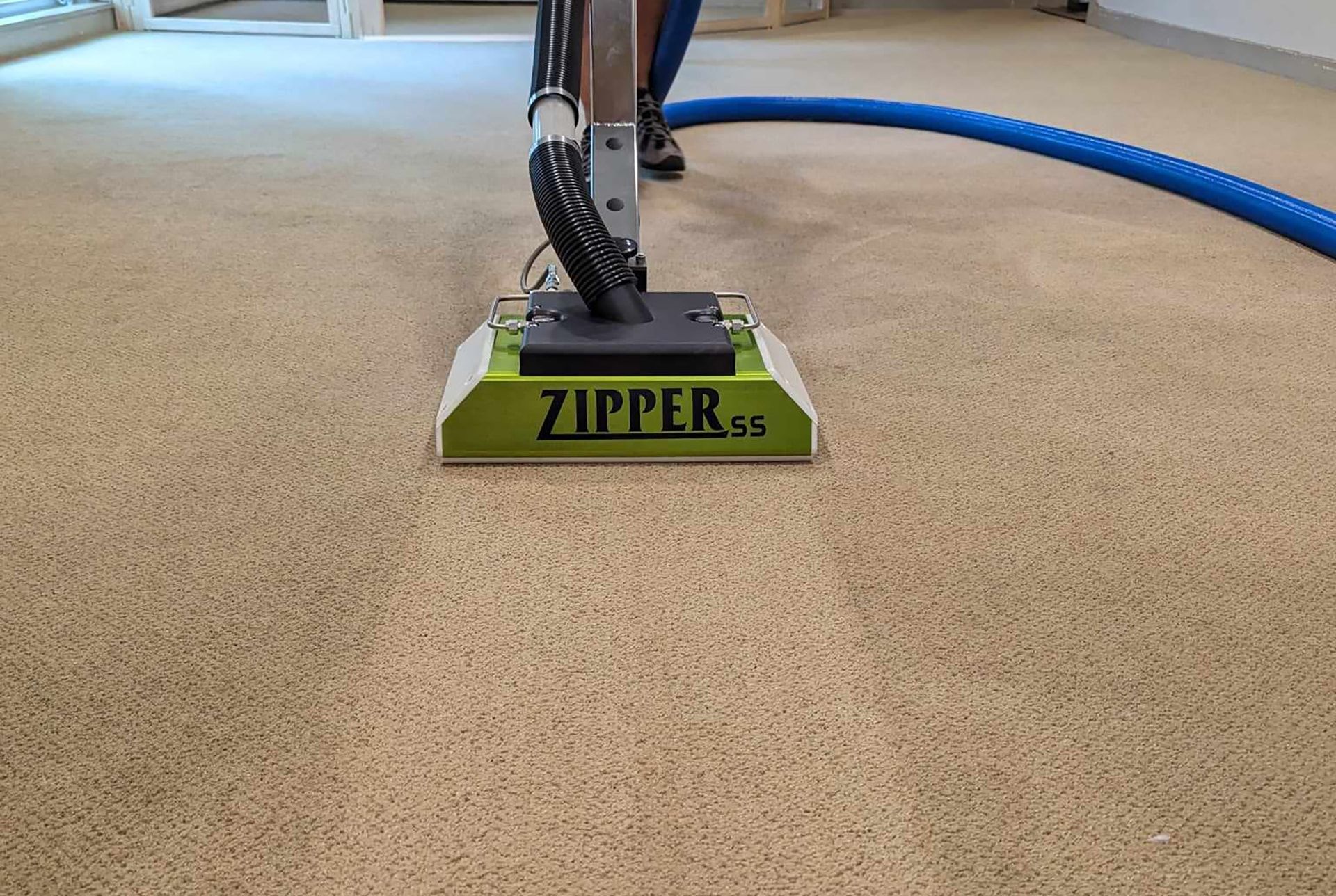
The Time Factor: Efficiency vs. Extended Downtime
Time efficiency represents another significant advantage of professional carpet cleaning services, both in terms of actual cleaning time and household disruption.
Professional Cleaning Speed and Efficiency
Professional carpet cleaning teams typically complete whole-house carpet cleaning in 2-3 hours, including:
- Pre-inspection and fiber identification
- Furniture moving and protection
- Pre-treatment of stains and high-traffic areas
- Hot water extraction cleaning
- Post-cleaning grooming and protection
- Equipment cleanup and final inspection
This efficiency stems from high-powered equipment, experienced technique, and streamlined processes that most diy efforts cannot match.
DIY Time Investment Reality
Rental machine carpet cleaning typically requires 6-8 hours of homeowner time:
- Equipment pickup and return trips (1-2 hours)
- Setup, solution mixing, and preparation (30-45 minutes)
- Slow cleaning process due to limited equipment power (3-4 hours)
- Multiple solution refills and dirty water disposal (45-60 minutes)
- Equipment cleaning and return preparation (30 minutes)
- Extended supervision during 12-24 hour drying period
Drying Time and Household Disruption
Professional cleaning results in carpets that are walkable and dry within 2-4 hours, allowing households to return to normal activities quickly. Advanced extraction efficiency and high-velocity air movers minimize disruption to daily routines.
Diy cleaning efforts often leave carpets damp for 12-24 hours, requiring:
- Restricted access to cleaned areas
- Potential furniture placement issues
- Risk of tracking dirt onto damp carpets
- Delayed return to normal household activities
In humid conditions, inadequate drying creates mold risk within 48-72 hours, potentially necessitating additional professional remediation.
The False Economy of DIY Cleaning
Initial cost comparisons between diy and professional cleaning often favor the rental option, but comprehensive financial analysis reveals a different picture.
Immediate costs for rental machine cleaning typically include:
- Machine rental fee: $35-50
- Cleaning solution costs: $15-25
- Total per session: $50-75
Professional cleaning for equivalent square footage typically costs $100-150, appearing to cost 60-70% more initially.
However, several factors reverse this apparent savings:
Frequency requirements differ significantly. Incomplete diy cleaning typically requires repeat sessions within 3-6 months, while professional cleaning results often last 12-18 months before re-treatment is necessary.
Damage risk creates potential costs ranging from $3-8 per square foot for carpet replacement when over-wetting, soap residue, or chemical damage occurs.
Carpet lifespan extension through proper professional cleaning can extend carpet life by 30-50%, representing significant deferred replacement costs over years of use.
When calculated over carpet lifespan, regular professional cleaning proves more cost-effective than repeated diy attempts, especially when damage risk and incomplete cleaning effectiveness are factored into the analysis.

Health and Indoor Air Quality Implications
The health benefits of effective carpet cleaning extend far beyond appearance, particularly for households with allergy sufferers, pet owners, or family members with respiratory sensitivities.
Allergen and Bacteria Removal Efficiency
Professional hot water extraction removes up to 99.9% of bacteria and allergens embedded in carpet fibers, compared to 40-60% removal rates achieved by store-bought and rental machines. This dramatic difference impacts indoor air quality and occupant health significantly.
Dust mites, which affect approximately 20 million Americans with allergies, thrive in carpet environments with accumulated skin cells, moisture, and organic debris. Professional cleaning removes the food sources and habitat conditions that support dust mite populations, while inadequate diy cleaning often leaves sufficient organic material for continued proliferation.
Microbial Growth Prevention
Proper moisture control through professional extraction prevents the establishment of conditions favorable to mold spores and bacterial growth. Over-wetting from inadequate diy extraction creates ideal conditions for:
- Mold spore activation within 48-72 hours of cleaning
- Bacterial proliferation in damp carpet and pad materials
- Dust mite population expansion in humid conditions
- VOC release from microbial metabolic processes
Professional cleaning eliminates these risks through superior moisture extraction and antimicrobial treatment options.
Antimicrobial Protection Programs
Many professional carpet cleaning services offer specialized antimicrobial treatments that provide 6-12 months of active protection against bacterial and mold growth. These treatments create hostile environments for microorganisms while remaining safe for household occupants and pets.
Consumer cleaning products rarely offer this extended protection capability, limiting their effectiveness for maintaining healthy indoor environments between cleaning sessions.
Pet-Related Health Considerations
For pet owners, professional cleaning becomes particularly critical due to:
- Pet urine crystallization that requires acidic professional treatments for complete removal
- Bacterial contamination from pet messes that consumer solutions cannot adequately address
- Pet odors that indicate ongoing bacterial activity requiring professional intervention
- Allergen accumulation from pet dander embedding deep in carpet fibers
Professional pet odor and stain removal protocols address both visible contamination and underlying bacterial issues that diy methods typically miss, preventing ongoing health risks and odor problems.
When Store-Bought Makes Sense vs. Professional Intervention
While professional carpet cleaning provides superior results in most situations, there are specific circumstances where store-bought solutions serve appropriate roles in carpet maintenance.
Immediate Spill Response
Store-bought spot cleaning products excel in immediate spill response situations, particularly for fresh spills that occur within 30 minutes of the incident. Quick action with appropriate spot cleaning products can prevent stains from setting and reduce the need for intensive professional treatment.
Effective immediate response includes:
- Blotting rather than rubbing to prevent stain spreading
- Appropriate pH selection based on spill type
- Quick touch ups with neutral cleaning solutions
- Immediate moisture extraction to prevent penetration
Professional Intervention Triggers
Professional cleaning becomes necessary when:
- Stain age exceeds 24 hours and has had time to set permanently
- Stain diameter exceeds 6 inches or covers significant area
- Complex soil types like pet urine, wine, paint, or grease are involved
- Multiple treatment attempts have failed to resolve the issue
- Carpet types like wool, silk, or antique rugs require specialized handling
Warranty Requirements and High-Value Carpets
Most carpet warranties for installations over $5 per square foot mandate annual professional cleaning by certified technicians to maintain coverage. Attempting diy cleaning on these carpets can void manufacturer warranties, creating significant financial risk.
High traffic areas in commercial or heavily used residential spaces require professional attention every 6-12 months regardless of visible soiling to ensure deep particulate removal and fiber preservation.
Decision Matrix for Cleaning Approach
| Situation | Recommended Approach | Reasoning |
|---|---|---|
| Fresh spill (<30 min) | Store-bought spot cleaner | Immediate action prevents setting |
| Set stain (>24 hours) | Professional treatment | Requires specialized chemistry |
| Large area soiling | Professional cleaning | Equipment power necessary |
| Warranty maintenance | Professional only | Required for coverage |
| Valuable/delicate carpets | Professional only | Risk of damage too high |
| Pet accidents | Professional recommended | Bacterial/odor issues |
| Routine maintenance | Professional annually | Deep cleaning necessity |
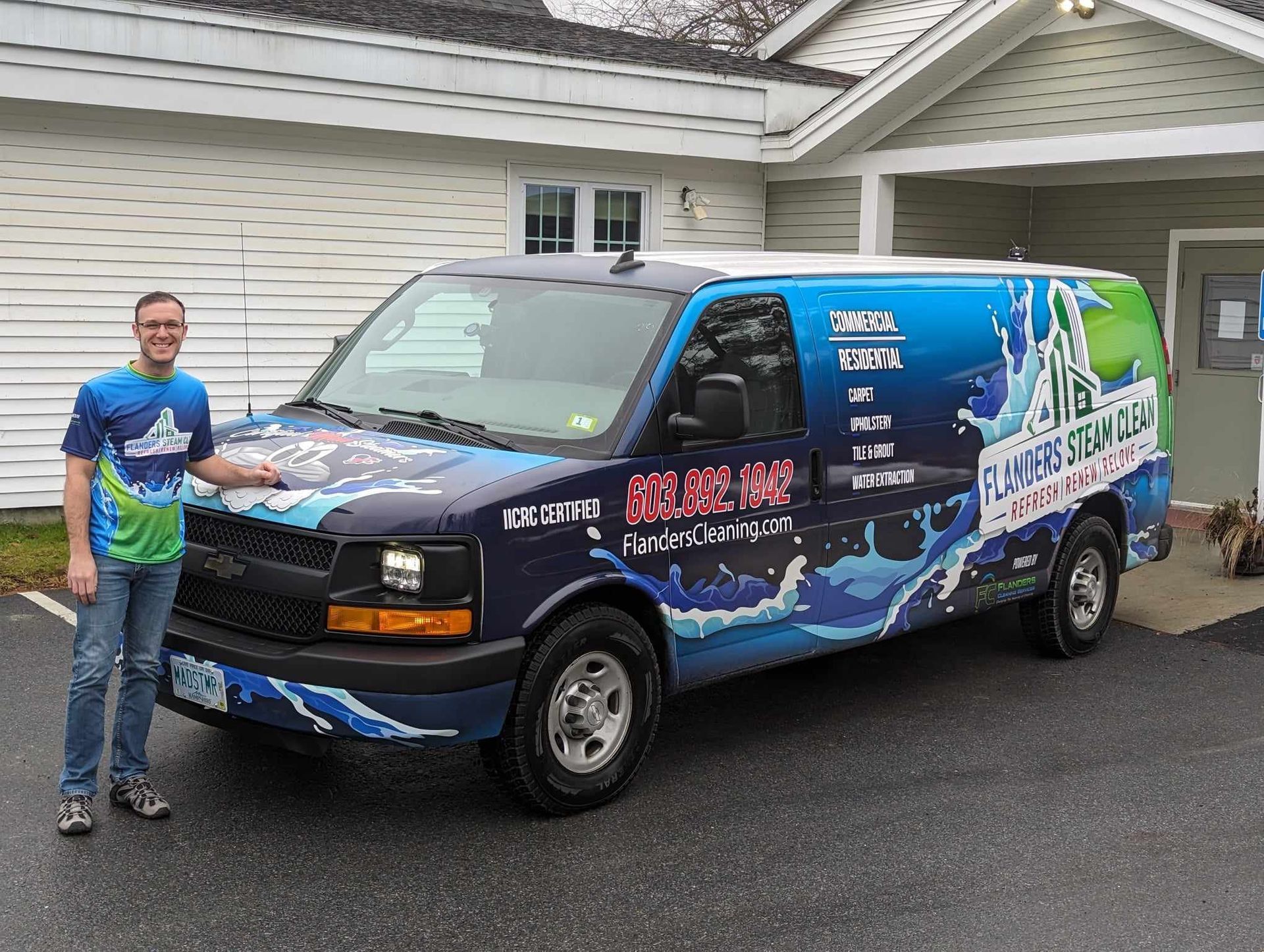
The Professional Advantage: Guaranteed Results and Warranty Protection
Professional carpet cleaning services provide consumer protections and guarantees that store-bought methods cannot match, creating additional value beyond cleaning effectiveness.
Insurance and Liability Protection
Licensed professional carpet cleaning services typically carry $1-2 million in liability insurance, protecting homeowners against accidental property damage during cleaning operations. This coverage includes:
- Water damage from equipment malfunction or operator error
- Chemical damage from inappropriate solution selection or application
- Furniture damage during moving or protection procedures
- Floor damage from equipment operation
DIY cleaning attempts provide no such protection, leaving homeowners fully liable for any damage that occurs during the cleaning process.
Service Guarantees and Re-Cleaning Policies
IICRC standards require certified professionals to provide re-cleaning guarantees if stains or spots reappear within 30 days of service. This guarantee provides both practical and legal assurance that the cleaning service will stand behind their work.
Professional guarantees typically cover:
- Stain return within the guarantee period
- Cleaning effectiveness meeting industry standards
- Customer satisfaction with results achieved
- Proper completion of contracted services
Warranty Preservation Requirements
Most carpet manufacturers stipulate that only professional cleaning preserves product warranties. Common warranty requirements include:
- Annual professional cleaning by certified technicians
- Documentation of cleaning services performed
- Appropriate methods that meet manufacturer specifications
- Proper chemical selection that won’t void coverage
DIY cleaning, improper solution selection, or equipment misuse can void manufacturer warranties, potentially invalidating claims for premature wear, staining, or other covered issues.
Specialty Fiber Expertise
Certified technicians receive specific training for handling specialty fibers including:
- Wool carpets requiring acidic pH and temperature control
- Silk rugs needing gentle cleaning and rapid drying
- Antique textiles requiring museum-quality restoration techniques
- Natural fiber blends with specific sensitivity requirements
Professional services offer levels of expertise, insurance protection, and consumer confidence that store-bought methods simply cannot provide.
Conclusion
The performance gap between store bought carpet cleaners and professional carpet cleaning services extends across every measurable dimension: equipment power, chemical effectiveness, technical expertise, health benefits, time efficiency, and consumer protection. With professional systems delivering 10-25 times more water pressure, 95%+ extraction efficiency versus 50-75%, and temperatures that reach 200-240°F compared to lukewarm consumer units, the technical advantages alone justify the professional approach.
Beyond equipment limitations, the 2-5% active ingredient concentration in store-bought solutions simply cannot match the 15-25% concentration and soil-specific chemistry that trained technicians deploy. When combined with the real risks of over-wetting, soap residue attraction, fiber damage, and warranty voiding, diy carpet cleaning often creates more problems than it solves.
For homeowners serious about protecting their carpet investment, maintaining healthy indoor air quality, and achieving genuine deep cleaning results, professional carpet cleaning represents the only viable path to optimal results. The apparent cost savings of rental machines disappear when calculated against damage risks, shortened carpet lifespan, and the need for frequent re-cleaning that incomplete diy efforts require.
Consider professional cleaning for your next carpet maintenance need—your carpets, your health, and your long-term budget will benefit from the investment in proper equipment, expertise, and guaranteed results that only certified professionals can provide.



